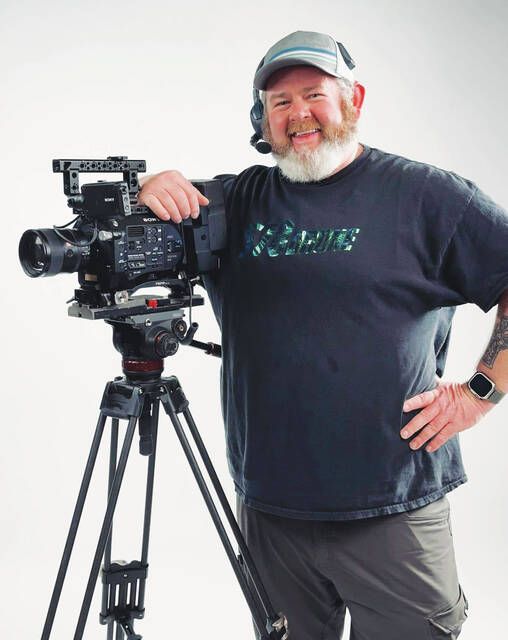Click here to subscribe today or Login.
Several years ago, I was on a panel about commercial videography, alongside some of the best videographers in Northeast Pennsylvania. The discussion was lively, with everyone sharing advice, tips, and tricks. As the panel drew to a close, we were asked one final question: “What is the most important part of making a great commercial?”
My answer was, “Don’t forget that it needs a beginning, middle and end. You need to tell a story.”
I felt the room’s collective gaze turn toward me, and maybe I was being self-conscious, but it seemed like they thought I was crazy. Despite the stares, and comments about stating the obvious, I stood by my answer. Telling a story is the absolute best way to communicate with your audience. To me, this has always been, and will always be, the most crucial aspect of creating a successful commercial. Unfortunately, it’s also the element that is most often forgotten.
Crafting a compelling narrative
A compelling narrative is structured with a clear beginning, middle, and end. This structure helps guide your audience through the story, keeping them engaged and invested.
Beginning: The beginning is where you introduce the setting, characters, and the main challenge or problem. This is your opportunity to hook your audience and give them a reason to care. In a business context, this might involve introducing a relatable character (a customer) facing a common problem that your product or service can solve. For example, imagine a commercial for a new cleaning product. The beginning could show a busy parent struggling to keep their home clean amidst a chaotic family life.
Middle: In the middle, you develop the story by detailing the journey or process of overcoming the problem. Highlight the challenges faced and the solutions provided. This part should build tension and keep the audience curious about the outcome. Continuing with our cleaning product example, the middle could depict the parent discovering the product, using it effectively, and starting to see results. The struggles with stains and messes are gradually resolved, showcasing the product’s effectiveness.
End: The end concludes with the resolution of the problem, showcasing the benefits and results of using your product or service. This is where you reinforce the value proposition and leave a lasting impression on your audience. In our example, the end might show the parent enjoying a clean, organized home, now able to spend more quality time with their family. The product is shown as the hero that made this transformation possible.
Why Storytelling Matters
Storytelling is about making an emotional connection with your audience. When you tell a story, you create a narrative that your audience can connect with on a personal level. This connection is what makes your commercial stand out and stay in the minds of viewers long after they’ve seen it.
Practical Tips for Effective Storytelling
1. Know Your Audience: Understand who you are speaking to. What are their interests, needs, and pain points? Tailor your story to resonate with them.
2. Be Authentic: Authenticity builds trust. Use real stories, real people, and genuine experiences.
3. Focus on Emotions: Emotions drive engagement. Whether it’s happiness, empathy, or excitement, tapping into emotions can make your story more impactful.
4.Use High-Quality Visuals and Sound: Good storytelling isn’t just about the script. High-quality visuals and sound can enhance your narrative and make it more engaging.
5.Have a Clear Call to Action: Every story should lead to a clear call to action. Guide your audience on what to do next, whether it’s visiting your website, making a purchase, or contacting your business.
Structuring your videos with a clear beginning, middle, and end, and focusing on authentic, emotional storytelling, you can create commercials that not only capture attention but also build lasting connections with your viewers. As always, let me know if you need help! [email protected].
Jonathan Edwards is the owner of Diamond City Studios. Reach him at [email protected].





